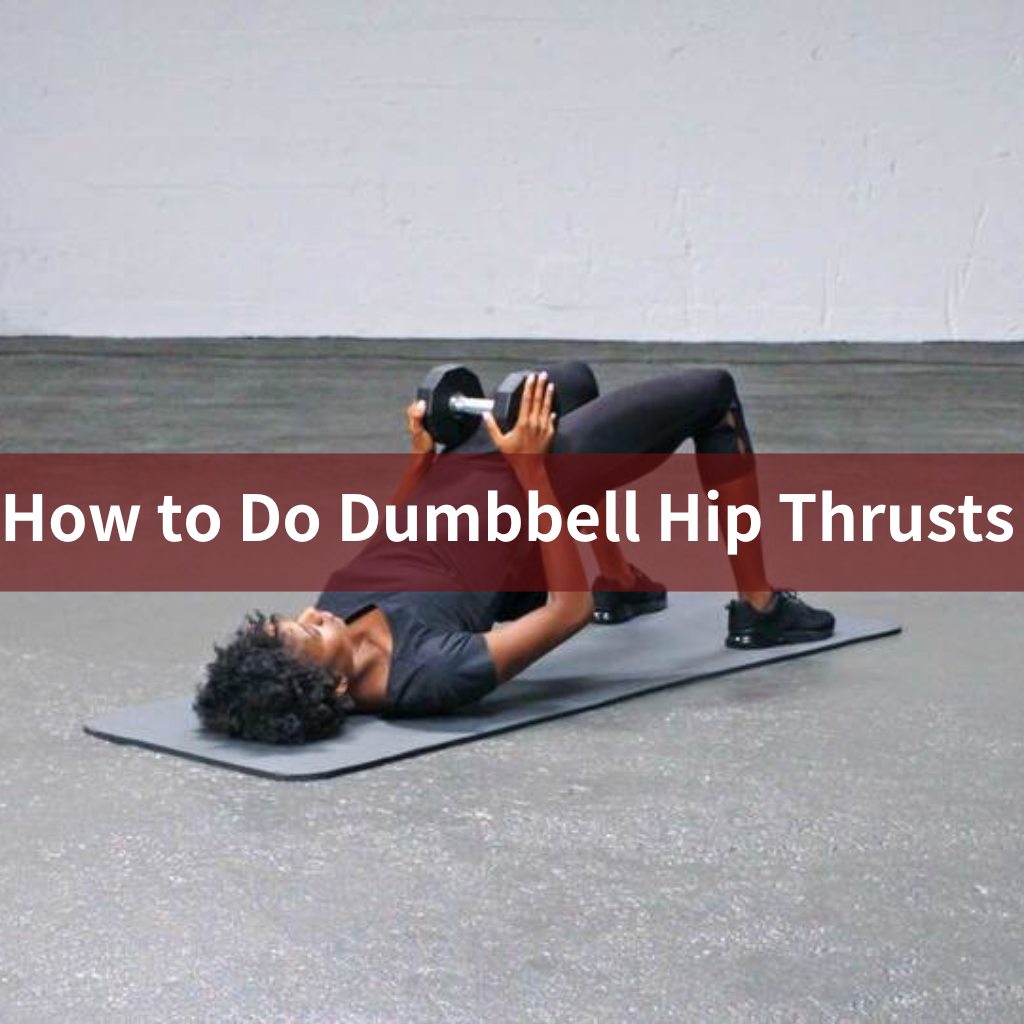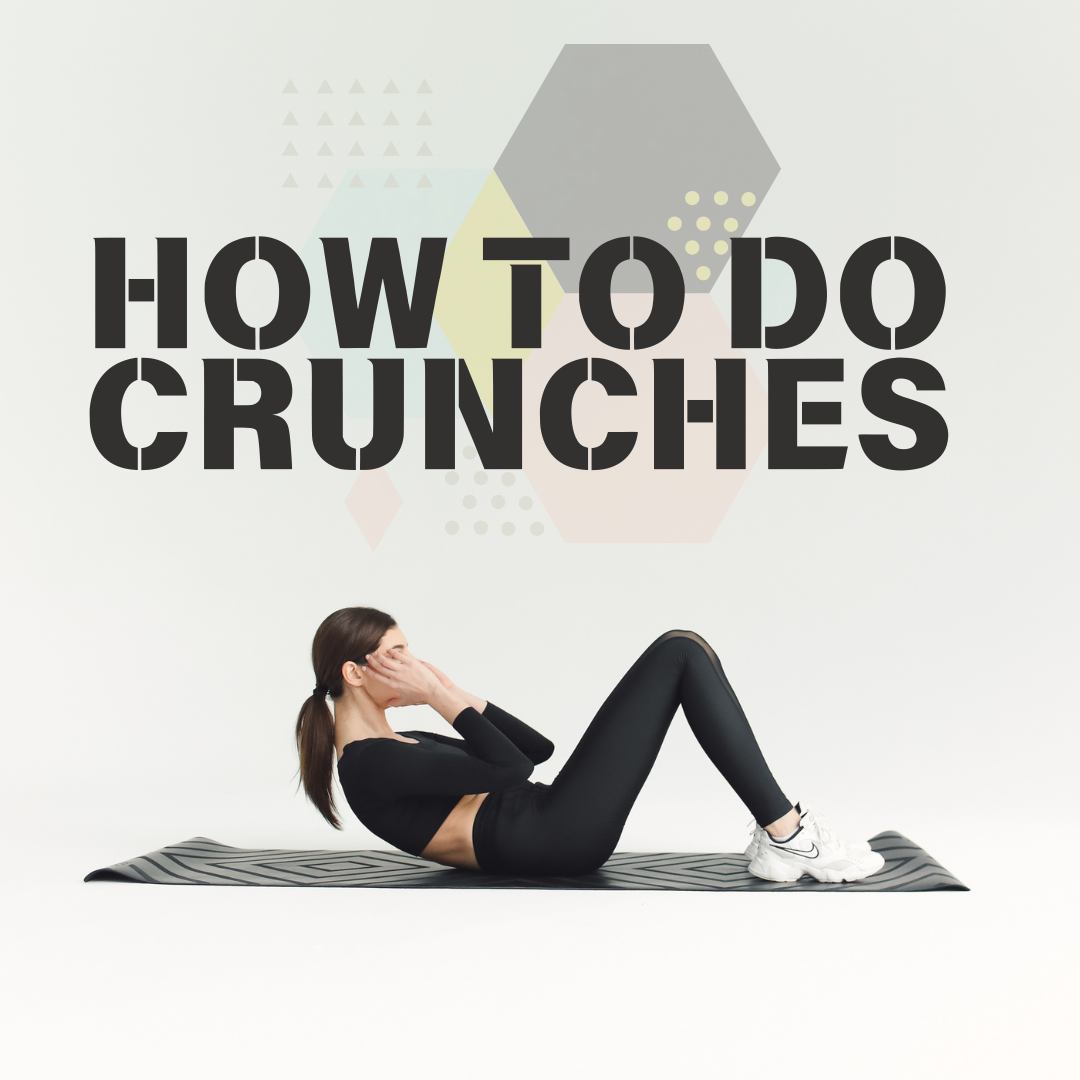Ready to supercharge your leg workouts? Side lunges might be exactly what you need! This often-overlooked exercise packs a serious punch when it comes to building strength, improving mobility, and sculpting your lower body. Let's dive into everything you need to know about this game-changing move!
Here you will Know:
What Are Side Lunges?

Side lunges, also known as lateral lunges, are a lower body exercise that involves stepping out to the side, bending one knee while keeping the other leg straight, and then pushing back to the starting position. This movement targets the muscles in your quads, glutes, hamstrings, and inner thighs—all while improving your balance and stability.
Unlike traditional lunges, which work in a forward-backward plane of motion, side lunges engage your muscles laterally, helping improve mobility and coordination.
Why Side Lunges Deserve a Spot in Your Workout
Think your regular lunges are doing all the work? Think again! Side lunges (also called lateral lunges) target your muscles from different angles, giving you benefits that traditional forward lunges just can't match. Here's what makes them special:
- Build balanced leg strength
- Improve hip mobility
- Enhance sports performance
- Strengthen stabilizer muscles
- Boost functional fitness
Muscles That Side Lunges Target

When you perform side lunges, you're getting a full lower-body workout! Here's what's firing up:
- Inner thighs (adductors)
- Outer thighs (abductors)
- Quadriceps
- Hamstrings
- Glutes
- Core muscles
How to Do Side Lunges Correctly

Performing side lunges with proper form is key to maximizing their benefits and avoiding injury. Here's a step-by-step breakdown:
1.Start with Your Feet Hip-Width Apart
Stand tall with your feet parallel and shoulder-width apart. Keep your chest upright and shoulders back.
2.Take a Big Step to the Side
Step your right foot out wide, keeping your left leg straight. The wider the step, the more you activate your inner thighs and glutes.
3.Bend Your Right Knee
As you step out, bend your right knee while keeping your left leg straight. Lower your hips toward the floor—imagine sitting back into an invisible chair. Ensure your right knee doesn’t extend past your toes.
4.Keep Your Chest Up
Maintain a neutral spine throughout the movement. Avoid rounding your back. Your chest should stay tall, and your core should be engaged.
5.Push Through Your Right Heel
Push off the right foot, driving through your heel to return to the starting position. The power should come from your legs and hips, not your lower back.
6.Repeat on the Other Side
Perform the same movement with your left leg. Continue alternating side lunges for the desired number of reps.
Common Side Lunge Mistakes (And How to Fix Them!)
Don't let these blunders hold you back:
1.Knee Position
❌ Problem: Knee extends past toes
✅ Fix: Take a wider step and sit back more
2.Torso Alignment
❌ Problem: Leaning too far forward
✅ Fix: Engage your core and keep chest lifted
3.Foot Positioning
❌ Problem: Toes pointing outward
✅ Fix: Keep feet pointing forward
Spice It Up: Side Lunge Variations
1.Reverse Lunge
- How to Do It:Instead of stepping sideways, step back diagonally and lower your hips into the lunge. This variation emphasizes the glutes and hamstrings more.
- Why It’s Great:Works the muscles in a new direction, increasing the challenge for your lower body.
2.Lateral Lunge to Knee Drive
- How to Do It:Perform a regular side lunge, and as you return to standing, drive your knee up toward your chest. This variation engages your core and adds a cardio element.
- Why It’s Great:Adds a balance challenge and engages your hip flexors and abs.
3.Weighted Side Lunge
- How to Do It: Hold a dumbbell, kettlebell, or barbell in front of you with both hands. Perform the side lunge as usual but with the added weight.
- Why It’s Great: It adds resistance, increases intensity, and helps build more muscle.
4.Jumping Lunges
- How to Do It:Perform a side lunge, but instead of returning to a standing position, jump explosively into the opposite side lunge.
- Why It’s Great:A plyometric version that boosts your heart rate, improving cardiovascular fitness while toning the legs.
5.Curtsy Lunge
- How to Do It:Instead of stepping straight out, cross one leg behind the other as you lower into the lunge.
- Why It’s Great:Targets your glutes and quads from a different angle and enhances your stability and coordination.
When to Add Side Lunges
Side lunges are a versatile exercise that can be added to any workout, whether you're focusing on legs, full-body conditioning, or agility training. Here are a few ideas:
- Leg Day: Add 3–4 sets of side lunges to your leg workout, either as a warm-up or a main exercise.
- Circuit Training: Combine side lunges with exercises like squats, push-ups, and planks to create a well-rounded circuit workout.
- HIIT: Incorporate jumping side lunges into your HIIT sessions for an extra boost in calorie burn.
- Functional Fitness: Use side lunges as part of a mobility or agility-focused workout to enhance your movement patterns.
How Many Side Lunges Should You Do?
If you're a beginner, aim for 3 sets of 10–12 reps per side. As you get stronger, you can increase the number of reps or add weights to make the movement more challenging.
For those aiming for functional strength or athletic performance, try incorporating side lunges into a larger movement circuit, focusing on fluidity, range of motion, and balance.
Who Should Be Careful?
While side lunges are generally safe, check with your doctor if you have:
- Knee injuries
- Hip problems
- Balance issues
- Recent lower body surgery
FAQs
Can I do side lunges with weights?
Yes, you can add resistance to side lunges with:
- Dumbbells held at your chest or in each hand.
- A barbell across your back.
- A kettlebell held with both hands.
Adding weight increases the intensity and helps build more strength.
How are side lunges different from regular lunges?
Regular lunges involve stepping forward or backward in a straight line, while side lunges require lateral movement. Side lunges target the inner thighs and hips more, whereas regular lunges emphasize the quads and glutes.
Can side lunges help with fat loss?
Yes, side lunges can contribute to fat loss as part of a calorie-burning workout. Combine them with a balanced diet and other compound exercises for the best results.
Can side lunges replace squats?
While side lunges are a great lower-body exercise, they shouldn’t entirely replace squats. Both exercises have unique benefits and work in complementary ways with different muscle groups.
Conclusion: Make Side Lunges Work for You
Side lunges are more than just another leg exercise – they're your secret weapon for building strength, improving mobility, and enhancing athletic performance. Start with the basics, perfect your form, and progressively challenge yourself with new variations.
Remember:
- Focus on form first
- Progress at your own pace
- Stay consistent
- Keep challenging yourself
Ready to give side lunges a try? Start with the beginner variations and work your way up. Your legs (and your athletic performance) will thank you!


